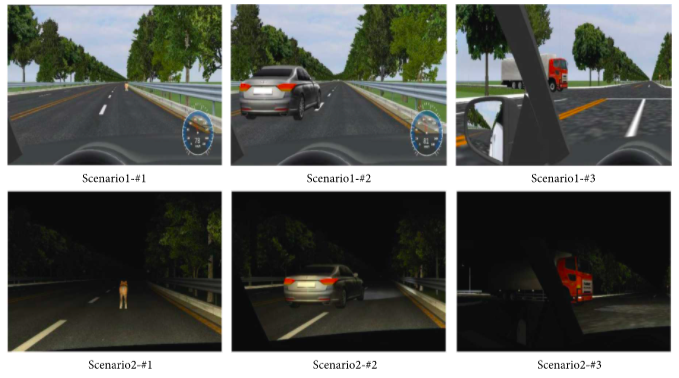That in and of itself is, well… boring. But the real story is about how they’ll determine who gets to keep their license: virtual reality. As of Monday, a three-year research project has been introduced, which will employ VR tech to assess whether drivers aged 65 years and older can remain behind the wheel. The program’s total budget is expected to reach approximately $3 million (3.6 billion won).
Why now?
Contrary to other countries around the word, South Korea has no strict regulations regarding the driving license of seniors, unless they test positive for dementia. Currently, two measures apply: the three-year license renewal period for those aged 75 years and older, and the voluntary return of the driver’s license for people over 65 years-old. However, the KNPA is still raising concerns over the number of accidents attributed to senior drivers, as well as the continuous aging of the country’s population. According to police statistics:
The number of traffic accidents caused by drivers over 65 years-old is 1.86 times higher compared to those in their 30s. The number of induced deaths caused by the senior age group is 2.75 — the highest among all age groups. As the population is rapidly changing, the number of seniors holding a driver’s license has increased by 300% (from 1 million to 3 million) between 2008 and 2018.
The researches participating in the program are emphasizing the related safety issues by highlighting that vision deteriorates with age, especially in environments where there’s not enough light — during nighttime driving, for instance.
How will VR be used?
The VR test will asses driving, cognitive, and memory skills using a VR headset, close to how virtual reality technology is used in dementia clinics to check the brain functions of older people. While the specifics are yet to be disclosed, a similar academic research by independent scientists has run an experiment, testing driving performance evaluation based on virtual reality tech. The researchers conducted driving simulator experiments to measure various driving behaviors under many different driving conditions, in order to examine the participants’ visual acuity. The virtual simulations included two scenarios: daytime and nighttime highway driving. In both cases, three unexpected incidents were created to test the drivers’ performance, as you see below: So while we’re stuck guessing about the specifics of the KNPA’s use of VR for now, my bet would be that they’d go pretty much the route of the researchers. But still, that’s merely my guess.
